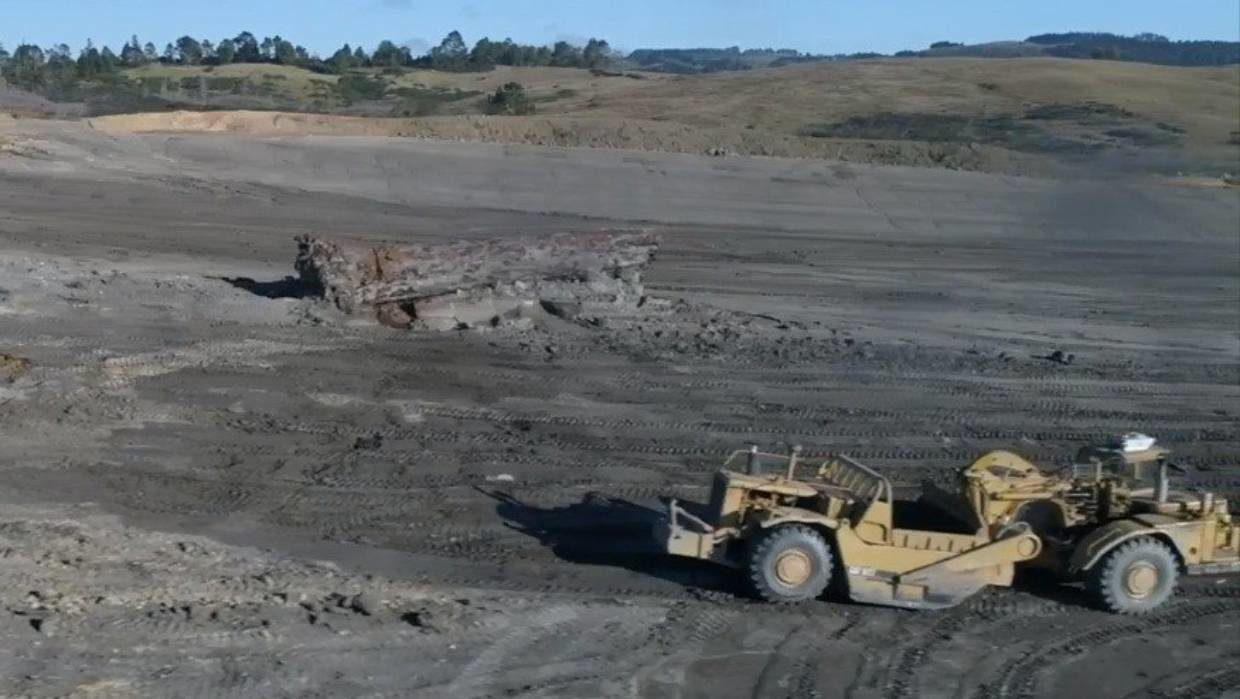
The 20 metre-long kauri log could map out what to expect during a geomagnetic reversal - a change in the planet's magnetic field - including its impact on climate change and solar radiation.
The kauri, measuring a massive 2.5m in diameter, is one of the oldest trees ever found.
The ancient kauri tree was uncovered during excavations at Ngāwhā for a geothermal power plant expansion.
It was uncovered at Northland's Ngāwhā about three months ago during excavations for a geothermal power plant expansion.
The tree was buried in about 8m of soil and was preserved like swamp kauri, despite not actually being in a swamp.

"This Ngāwhā kauri is unique in the world," University of Waikato associate professor Alan Hogg, the director of the Waikato Radiocarbon Dating laboratory, said.
During its 1500-year lifespan, the tree experienced one of the earth's geomagnetic excursions, meaning the north magnetic pole drifted down to the southern hemisphere and back up again.

While knowledge of the geomagnetic excursion was not new, a tree that spanned the entire excursion timeframe had never been found, Hogg said.
"It's the time it takes for this movement to occur that is the critical thing ... We will map these changes much more accurately using the tree rings," he said.
Study of the ancient tree has just begun but Hogg said it would give a picture of the solar radiation in the earth's atmosphere during the excursion.
As the magnetic poles moved, the strength of earth's geomagnetic field weakened, letting in more cosmic radiation, he said.
And the tree would show what to expect during another polar excursion or reversal - which scientists said was not a matter of if, but when.

Ngāwhā Generation - a subsidary of Northland power wholesaler Top Energy - gave the kauri tree back to iwi on the agreement scientists could take samples for study.
The research is being funded by the Australia Research Council and led by Professor Chris Turney from the University of New South Wales, a expert in paleoclimatology and climate change over the past 40,000 years.



Comment: All signs point to significant changes in Earth's magnetic field are happening now and that a shift of some kind appears to be coming in the near future so information on what we can expect could be invaluable: